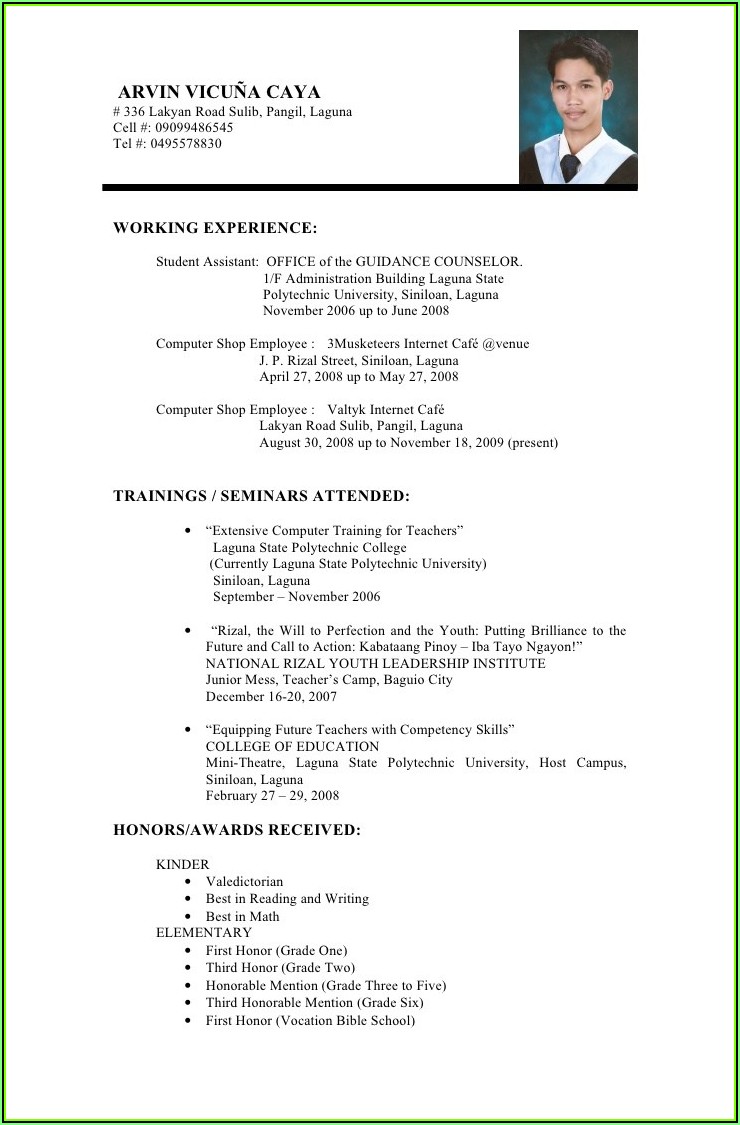1. Reevaluate Your Presentation – Your Business Materials
What is your business material communicating to the world? Your marketing materials, including your website and business cards, need to be re-evaluated. Even though you might have a limited budget, it is not an excuse to use shabby marketing materials. Your customer won’t invest in your company, no matter how good your product(s), and/or services are. If you don’t seem serious about your business, it doesn’t really matter. Most likely, you will need to have someone trustworthy evaluate your business materials and give you the truth. It is important to find someone who will see you succeed, even if it means being a little bit rough around the edges.
Hint: Grandma may not be the best person to do this job. It can be difficult to accept constructive criticisms, but it is well worth the effort. To get others to invest in your business, you must first invest in yourself. Your customers are the best people to get feedback from.
2. Re-evaluate your presentation – Your business image
How does your personal image reflect on your business? Most entrepreneurs don’t realize how important your personal image is. You can invest in yourself. There’s no need to spend a lot on expensive clothes, but you should be professional. You don’t have to look like you don’t take yourself seriously if you are well-dressed.
3. Reevaluate what you are doing – right product, wrong market positioning
Are you targeting the wrong audience? The doctor may have ordered your product, but the patient won’t. To determine if your advertising mediums are communicating the right message, look at them. Analyze your advertising mediums to see if they are reaching your target audience.
4. Reevaluate Your Work – What’s the Value?
This is how I reinterpreted the 80’s Burger King commercial with the famous line, “Where’s my beef?” Your USP is your unique selling proposition. Why should I choose you over Susie Q? What will you do for me? Your products should not be sold based on their features but rather on their benefits. Widget 5000 may have a fancy chip, but what matters to me is if Widget 5000 can do my laundry, cut the grass, and make breakfast with the push of a button? Ok, maybe this is a little exaggerated, but it gets the point across.
“Where passion meets purpose”
You can’t expect people to see the value in your product or service. This is a critical part that small businesses often overlook. The sooner you can learn how to sell the benefits, not the features, and add value, the better.
5. What is the Customer saying? Understanding the Voice of Customer
What do your customers want? Is it listening or pushing your customers’ needs? This is a common mistake made by many business owners who offer products and services based upon what they believe people want. The customer gives you information all the time about what they want. It is up to you to convert this data into useful information that you can use to your advantage. You will then be able provide value to customers and make them happy to buy.
6. Retire to the basics
Sometimes, the solution is simple and clear. Sometimes we can get so engrossed in complex linear regressions to solve a problem that we forget the obvious. Do you take some “givens” as a given? Before making any costly or drastic changes, it is worth going over the basics.
7. Send your business card to ten people today
This tactic is often used in direct sales or network marketing. It doesn’t really matter what type of business you are involved in. You can give your card to as many people as you like today. You can strike up conversations while waiting in line or waiting at the office. People will be curious about what you do and want to know more about your business. Simply explaining your business to others can help you rekindle your passion and renew your mind. It will be easier to remember what you were doing before you do it again. You may not hear from them again, but that’s okay! This is how you ignite your own spark again. But if someone becomes a client, that’s even better! This is a win-win situation, no matter what happens!
8. Are You Having It All?
Once, I got stuck on an issue that didn’t really exist. You may think that I need a shrink if you haven’t experienced this. For those who have experienced this, you will understand what I mean. Once, I was tormented by something that only existed in my head. There wasn’t a real problem, but there was the perception of an “issue” that wasn’t actually happening. This can be done in two ways:
A. Misdiagnosing an issue as a problem when it is simply an oversight. Let’s take an example: Have you ever tried to contact someone you worked with and had them not return your calls or emails? This is when your imagination gets wild and you start to think of all the possibilities. Or, my favourite “maybe they don’t like me”. Your brain has created all these hypotheses from nothing. Now you’re trying to solve an issue that doesn’t exist. It is possible that the person you were trying to contact may have had the flu or miscommunications. Your emails could have ended up in the spam folder, among other problems.
B. A ambiguous product offering can lead to slow sales or even no sales. This is a great idea. Slow sales or zero sales are the problem. A lack of product offerings or small, unclear products is the problem. People won’t buy your product if they don’t understand what it is. Don’t expect people to “get” what you have to say. Let your customers know what it is and then ask for the sale. The real problem isn’t that people don’t buy your products, but that they don’t know where to find them. Make sure you clearly define your products and services. Answer all questions so customers understand what you’re selling. Your products should not be hidden on your website. Customers can find out more about them by visiting your homepage. Is your problem really all your own fault?
9. Organise a Meeting of the Minds
Power is in numbers. Two heads are better than one, as the saying goes. Now is the right time to create your board of advisors if you haven’t already. Your board of advisors is a group of people that you can call for help and advice. You want intelligent, sharp people who will add significant value. You don’t need them to be experts in your field. However, they should have the experience and knowledge to offer good advice. Even if there is no formal advisory board, it’s worth calling someone you trust to get their advice. Although you don’t need to act on every piece of advice that you receive, it is important to get multiple perspectives in order to make an informed decision.
10. Take a Break
Relax! Relax! Concentrate on the area of your business that is most important. You can watch television and do something else than focus on the problem that is ailing you. Clear your mind and then return to the issue.
Tammy Freeman lives out her passion by helping others to live their purpose. Tammy realized she couldn’t measure her success using the world’s standards. She decided to live a life that freed her from the limitations of fear and doubt. Tammy is motivated to share her vision, inspiration, and thought-leadership talents with everyone she meets.





















